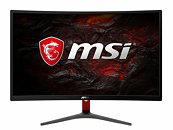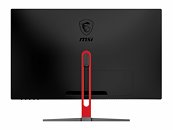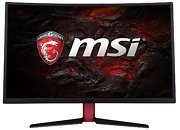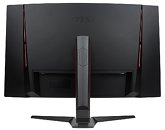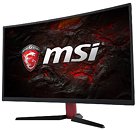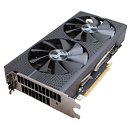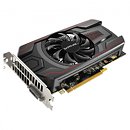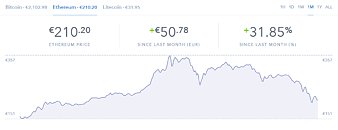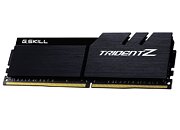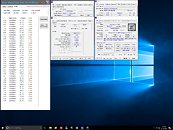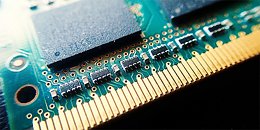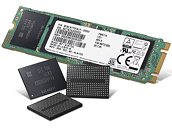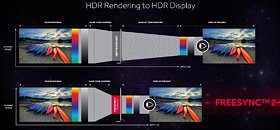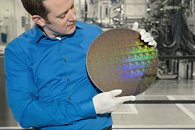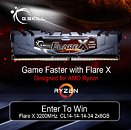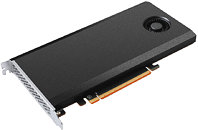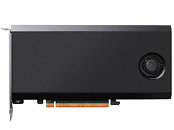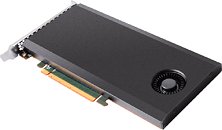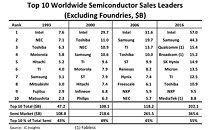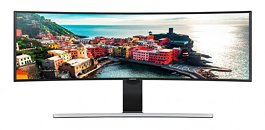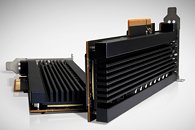
Samsung Increases Production of 8 GB HBM2 Memory
Samsung Electronics Co., Ltd., the world leader in advanced memory technology, today announced that it is increasing the production volume of its 8-gigabyte (GB) High Bandwidth Memory-2 (HBM2) to meet growing market needs across a wide range of applications including artificial intelligence, HPC (high-performance computing), advanced graphics, network systems and enterprise servers.
"By increasing production of the industry's only 8GB HBM2 solution now available, we are aiming to ensure that global IT system manufacturers have sufficient supply for timely development of new and upgraded systems," said Jaesoo Han, executive vice president, Memory Sales & Marketing team at Samsung Electronics. "We will continue to deliver more advanced HBM2 line-ups, while closely cooperating with our global IT customers."
"By increasing production of the industry's only 8GB HBM2 solution now available, we are aiming to ensure that global IT system manufacturers have sufficient supply for timely development of new and upgraded systems," said Jaesoo Han, executive vice president, Memory Sales & Marketing team at Samsung Electronics. "We will continue to deliver more advanced HBM2 line-ups, while closely cooperating with our global IT customers."





